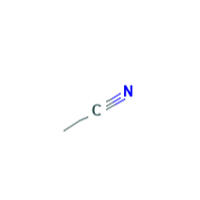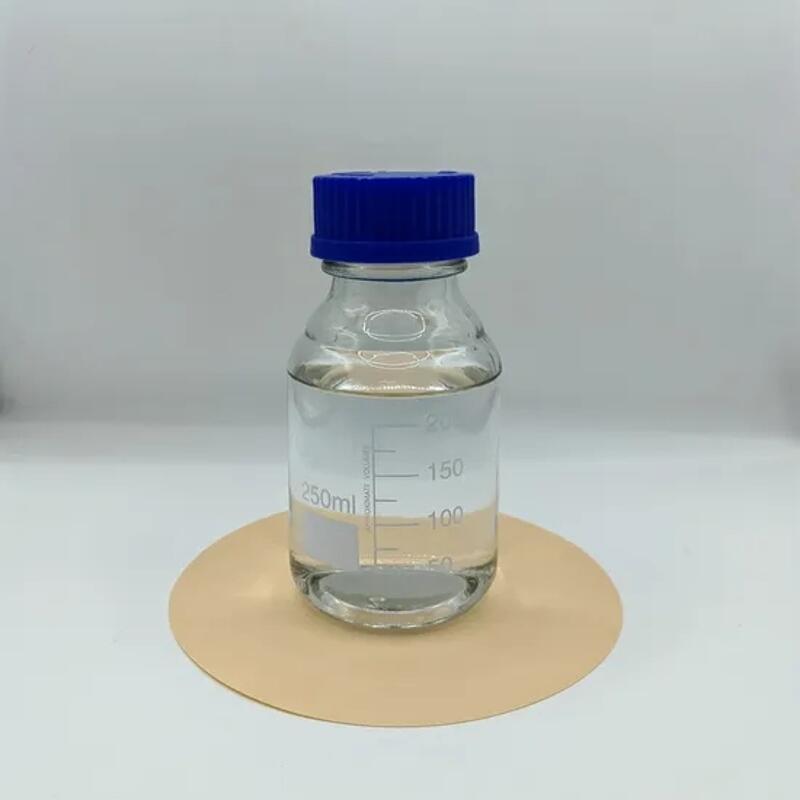-
Categories
-
Pharmaceutical Intermediates
-
Active Pharmaceutical Ingredients
-
Food Additives
- Industrial Coatings
- Agrochemicals
- Dyes and Pigments
- Surfactant
- Flavors and Fragrances
- Chemical Reagents
- Catalyst and Auxiliary
- Natural Products
- Inorganic Chemistry
-
Organic Chemistry
-
Biochemical Engineering
- Analytical Chemistry
-
Cosmetic Ingredient
- Water Treatment Chemical
-
Pharmaceutical Intermediates
Promotion
ECHEMI Mall
Wholesale
Weekly Price
Exhibition
News
-
Trade Service
Xylene is an aromatic hydrocarbon molecule that has two benzene rings fused together, making it a liquid aromatic hydrocarbon.
It is a colorless, flammable liquid with a characteristic sweet odor and is used as a raw material in the production of various chemicals and materials.
The most common synthetic route for xylene is through the cracking of larger aromatic molecules, such as naphtha, in the presence of heat and a catalyst.
Cracking is a process in which large molecules are broken down into smaller, more useful molecules.
In the case of xylene, the cracking process breaks down larger aromatic molecules such as naphtha into smaller, more useful molecules such as xylene.
The cracking process can be done through two main methods: thermal cracking and catalytic cracking.
In thermal cracking, heat is applied to the feedstock in the absence of a catalyst.
The high temperatures cause the molecules to decompose and rearrangement into smaller molecules, such as xylene.
This process is relatively simple, but it is also less selective and can lead to the formation of unwanted byproducts.
Catalytic cracking, on the other hand, uses a solid catalyst, such as zeolites, to increase the selectivity of the cracking process.
The catalyst helps to break down the larger molecules into the desired smaller molecules, such as xylene, with a higher degree of selectivity.
This process is more complex than thermal cracking, but it is also more efficient and can lead to a higher yield of the desired xylene product.
Another synthetic route for xylene is through the isomerization of ethylbenzene.
Isomerization is a chemical reaction in which a molecule is converted into another molecule with the same molecular formula but a different arrangement of atoms.
In the case of xylene, the isomerization of ethylbenzene into xylene is done through the use of a catalyst, such as zinc oxide, to convert the ethylbenzene into xylene.
This process is more selective than the cracking process and can lead to a higher yield of xylene with a higher purity.
In conclusion, the synthetic routes of xylene are many and varied, with the most common being the cracking of larger aromatic molecules, such as naphtha, and the isomerization of ethylbenzene.
These processes are used in the chemical industry to produce xylene, which is a raw material for the production of various chemicals and materials.
Whether it's through the cracking process or the isomerization process, the synthetic routes of xylene are essential for the production of this important aromatic hydrocarbon.






